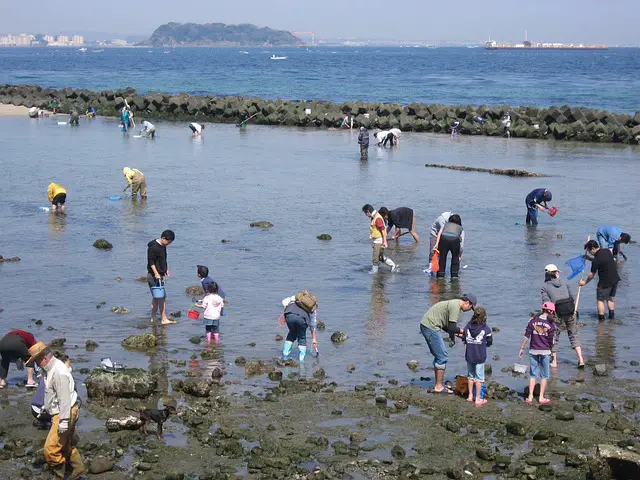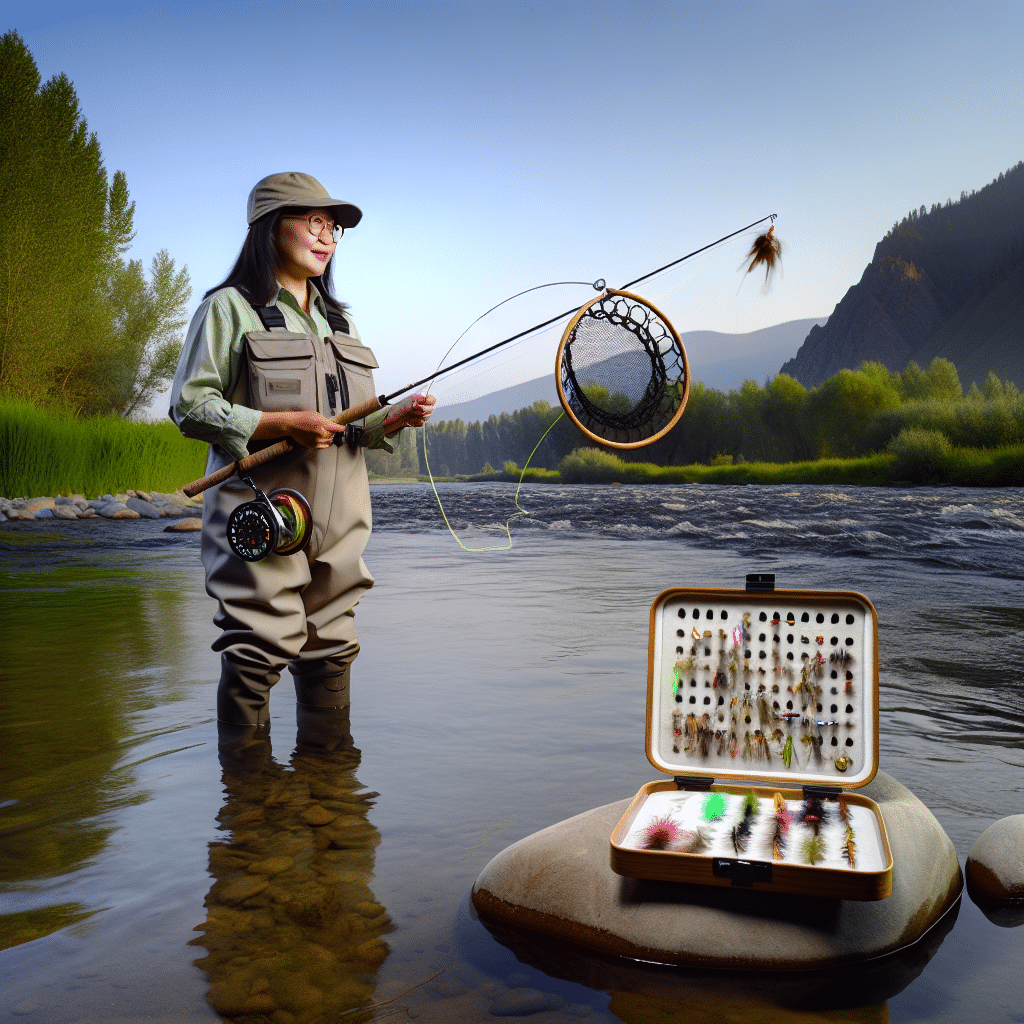Maine is known for its seafood, and clam digging is one of the most popular activities for visitors and locals alike. From the rugged coastline of the Atlantic to the serene lakes of the western mountains, the state offers some of the best clam digging in the country. While there are many different types of clams to be found, we’ll focus on the common softshell clam found in Maine’s saltwater areas.
Where to Find Clams in Maine
Clams can be found along much of the Maine coast, from the rocky southern coves of Boothbay Harbor up to the sandy beaches of the state’s northernmost tip. However, the best clam digging is done at low tide in shallow waters, so be sure to check the tide tables before heading out. Some of the best spots for clamming include tidal flats, inlets, mussel beds, and estuaries.
What Type of Equipment is Needed for Clam Digging?
Clamming requires minimal equipment—all that’s needed is a clam rake, a container to store the clams, and a few tools for cleaning the clams (such as a brush, a knife, and a mallet). For those looking for a more immersive experience, waterproof boots and waders are necessary if clamming in deeper waters.
What is the Best Technique for Clam Digging?
The best technique for clam digging is to use the rake to loosen the sand and uncover the clams. Then, use your hand to scoop the clam out of its burrow. Be sure to take special care when handling the clams, as they are fragile creatures that can easily be damaged.
How to Prepare Clams After Being Harvested
Once the clams have been harvested, they need to be cleaned and prepared for cooking. This involves removing the beard (the fibrous material on the clam’s neck), scrubbing off any sand or debris, and removing the bottom shell. This process can be done with a brush, a knife, and a mallet, but it is also helpful to have a sharp pair of clamshell pliers on hand. Then, discard the clam’s internal organs and store it in a container with cold, salted water in the refrigerator.
What Dishes are Popular When Cooking Clams?
Clams are a versatile seafood that can be enjoyed in many different dishes. Some of the most popular clam dishes include chowder, clam cakes, steamed clams, and baked clams. Of course, clams can also be eaten raw, either on their own or as part of a seafood platter.
Conclusion
Clam digging in Maine is a great way to experience the state’s seafood culture. It’s a fun activity that requires minimal equipment and offers a lot of opportunity for exploration. With care and attention, a successful clam digging trip can yield a delicious reward of freshly cooked clams.




